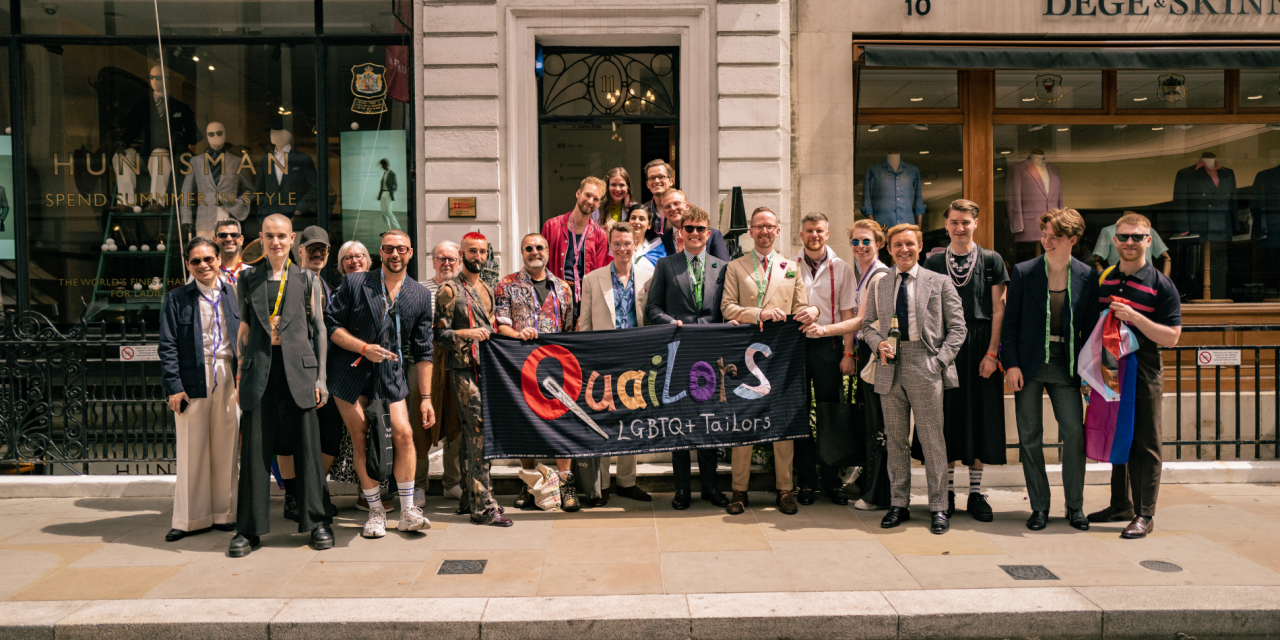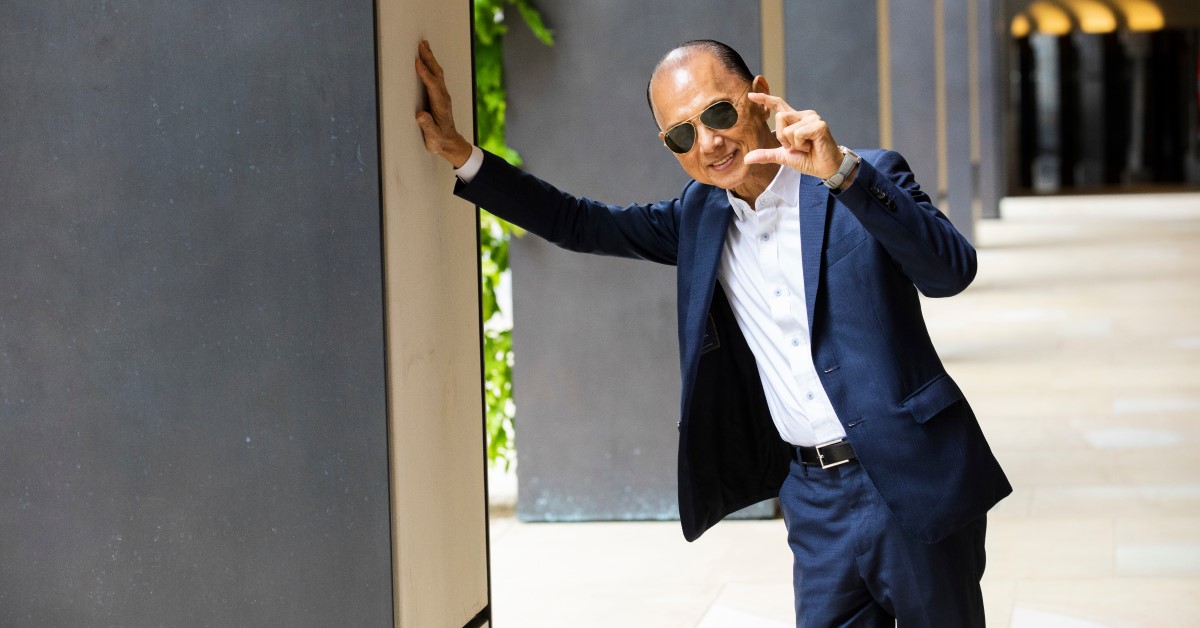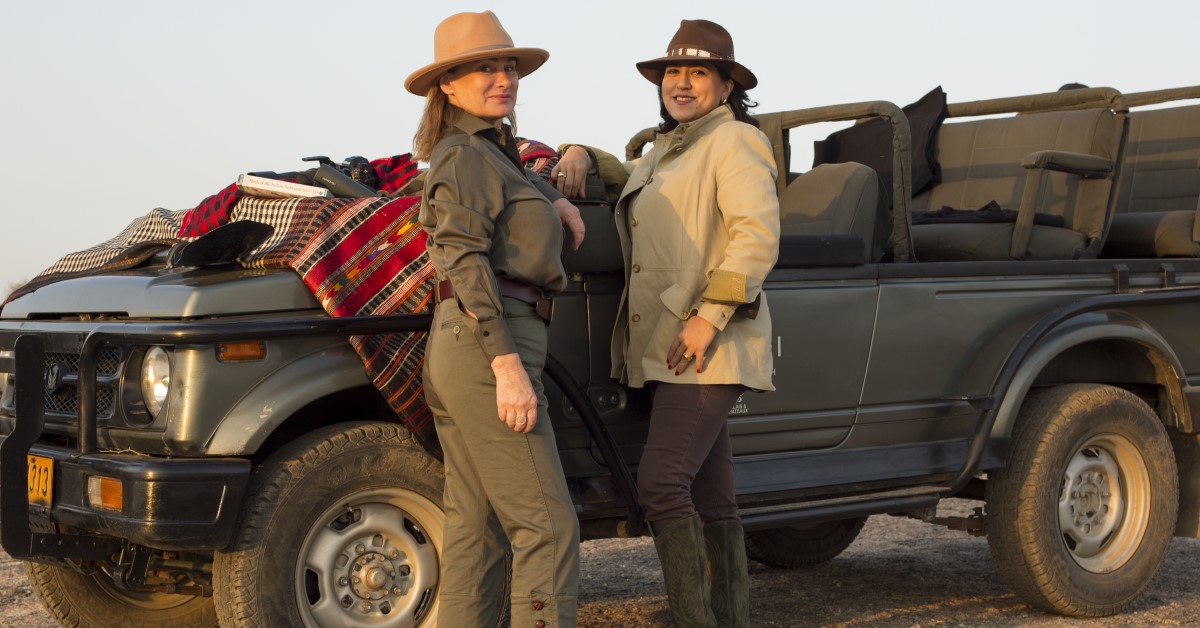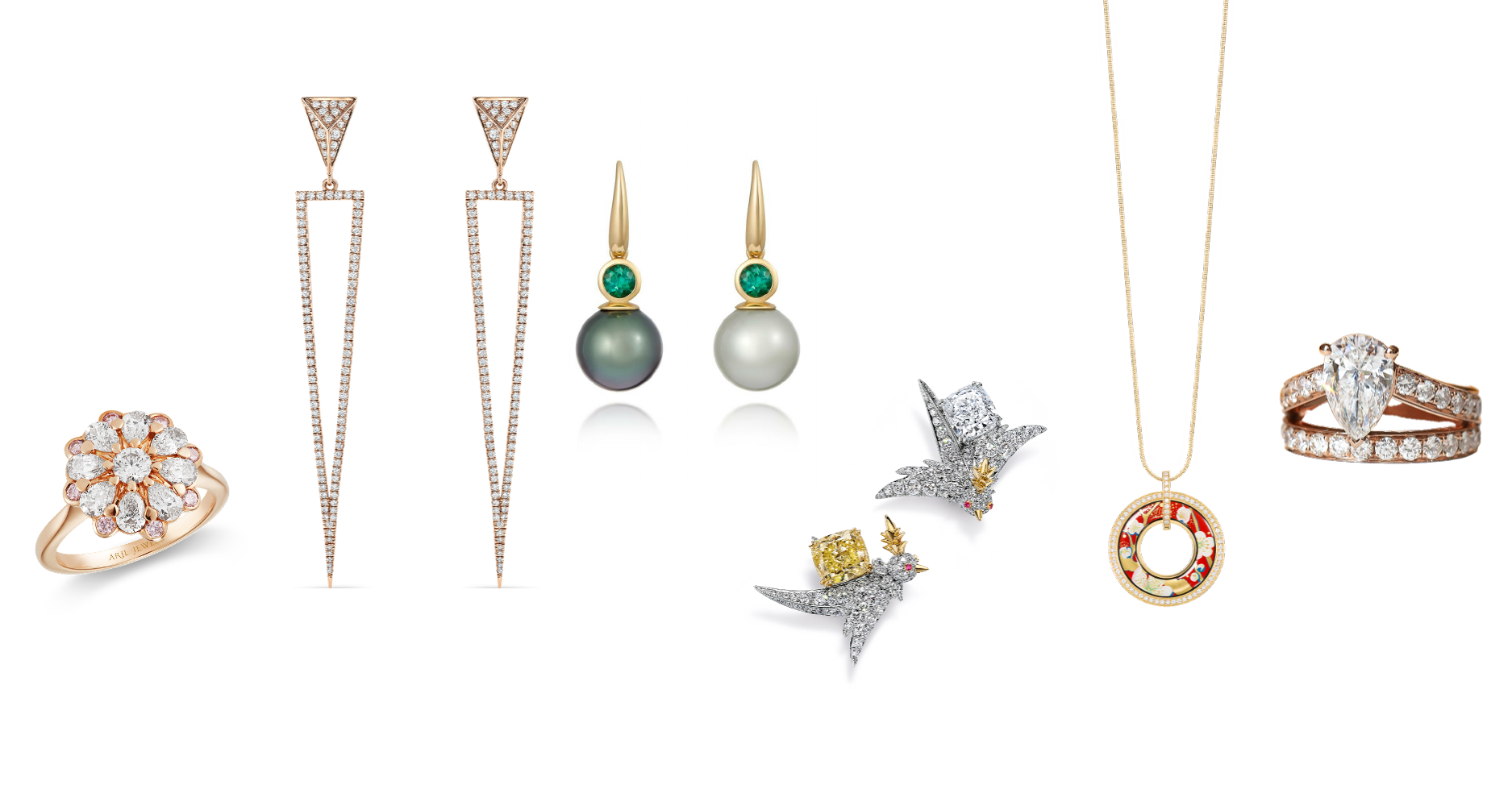James MacAuslan is co-founder of Quailors, Savile Row’s LGBTQ+ tailoring community. He talks changing attitudes and what makes a well-tailored suit
Words: Charlotte Pasha
Why was it the right time to launch Quailors?
We set up in 2020 to connect tailors who identify as LGBTQ+ and might feel isolated in their workplace. When [my co-founder] Andrew [Johnson] started training with a tailor, the first thing he was told was: “You’re not poofy are you? Because we don’t teach that here.” So we believe there has been a need for a group like this for many years. Now is the time as we have made our way to a position where we can start to offer something back for the young people coming in. We wanted to build a community that means no one has to feel ashamed of who they are.
What does it mean to be a member of Quailors?
Being a member of Quailors is to be connected with like-minded people who share a passion for tailoring and to get opportunities and a foot in the door of an otherwise tricky industry to get into. It’s to share resources and ideas and mostly to stop anyone feeling alone.
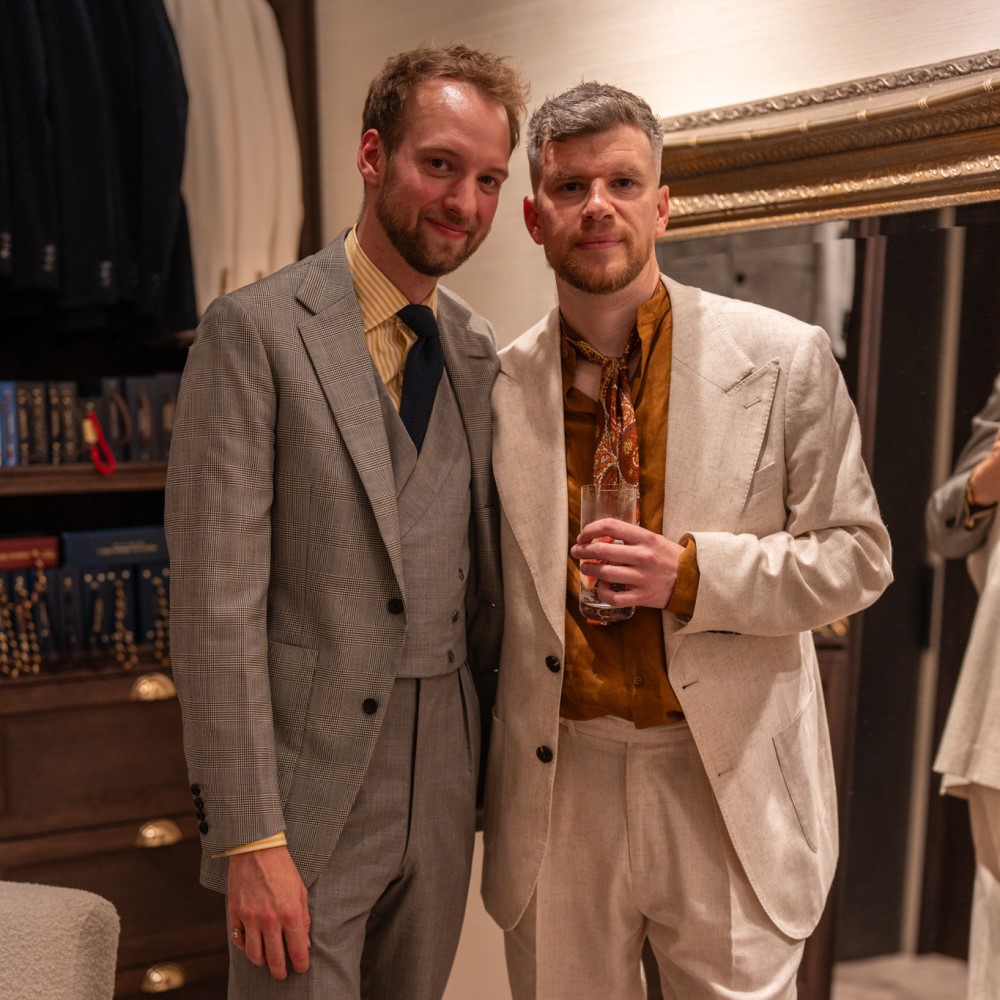
What companies do your members work with?
Our members work for companies on Savile Row such as Chittleborough & Morgan, Hackett, Thom Sweeney, Maurice Sedwell, Edward Sexton and Cad & the Dandy. Some work in costume at places like the Royal Opera House, and some in fashion [for houses] such as Alexander McQueen. Plus, many are self-employed across all areas of tailoring. We want to expand our group to people who work in all areas of craft. Hopefully we are offering a platform for these grand houses to show that they sincerely support inclusivity and diversity.
Why was it important to be on Savile Row?
Savile Row is the beating heart of the tailoring trade. It is the home of the highest quality tailoring and is the most famous street for tailoring in the world. What better place is there?
What makes a well-tailored suit?
I thought I would take the question to the community, and I have a few answers…
Nina Penlington of Edward Sexton: “It not only fits the body of the wearer, but the personality. If the wearer isn’t comfortable in their minds while wearing the suit then it will never look good or enjoy being worn. This is forged through a good relationship between cutter and customer and reflected in the skill of the cutting room and workshop.”
Tom Rollond of Maurice Sedwell: “Appreciating the client’s body shape and helping them to look their best as they are, rather than trying to hide or correct things about them. A well-tailored suit should give someone a feeling of power and confidence. It shouldn’t feel heavy, unbalanced, too tight or loose; it should be created in a way that makes it feel like a natural part of your body when wearing it.”
Hadden White, formerly Bespoke Manager for Huntsman: “I think a well-tailored suit is 50 per cent cut and make and 50 per cent confidence. The confidence and stature a well-tailored suit gives its wearer are instantly distinguishable when the client slips their jacket on. Their posture changes and their overall confidence improves.”
How has the tailoring industry changed in recent years?
It seems the idea of a suit has changed since Covid. It is less the idea of the stuffy British suit or a uniform for a board meeting and more a garment to have fun with; almost a way of rebelling against those that like to wear a tracksuit and a T-shirt. An era of smart casual has come around, forcing a move away from navy and grey and into texture, colour and pattern.
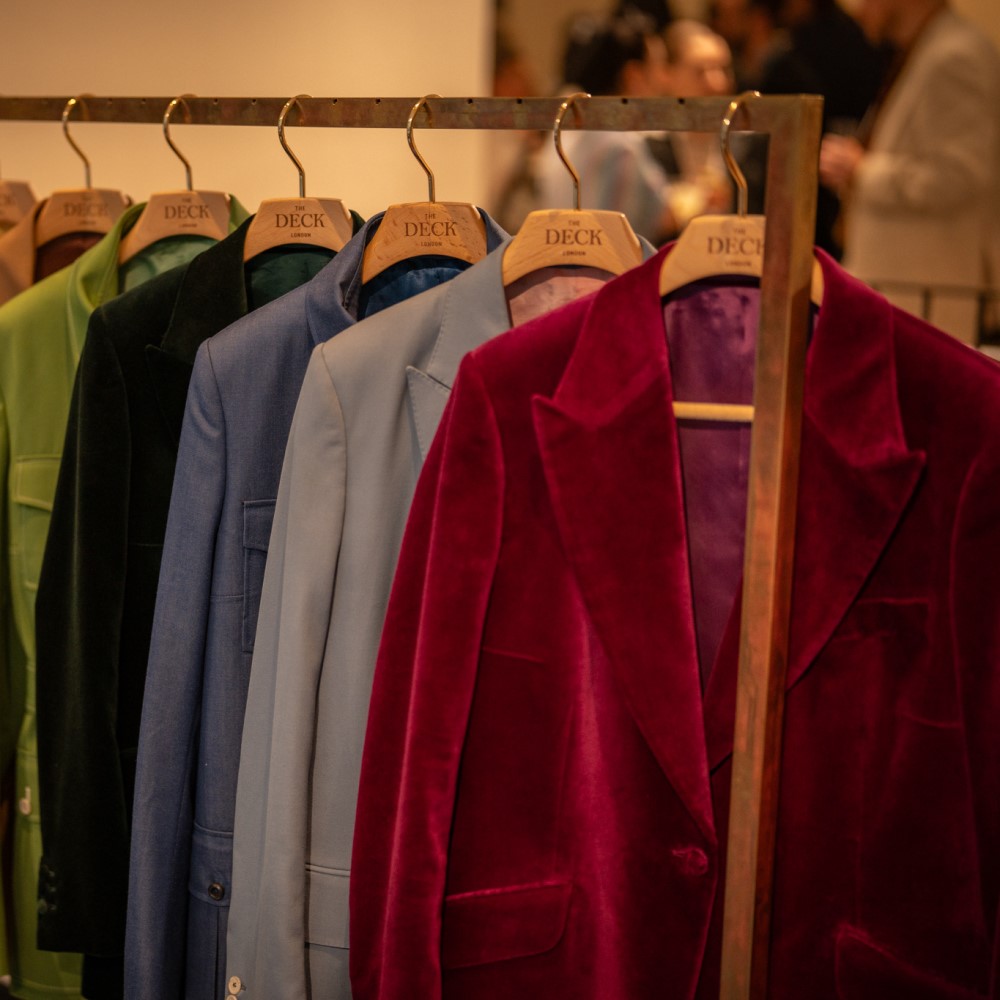
Looking ahead, what is next for the tailoring industry?
As women’s tailoring is becoming bigger and more accessible, I would like to see the next step, where gender stops being a thing altogether in tailoring and tailors are able to fit the form rather than gender. And to quote Hadden White again: “We’ll see a new wave of young, passionate and talented tailors and cutters – a number of houses have seen real expansion in the last five years.” I think new blood is bringing a new approach and attitude.
How can we make bespoke tailoring less intimidating and more accessible?
The price point of true bespoke, made to the standard of a Savile Row house, is often what is most intimidating; however I feel the real soul of tailoring is the people who do the work. The more we can show who these people are and the reality that the price point reflects a true bespoke garment, the less intimidating it will be for customers.

